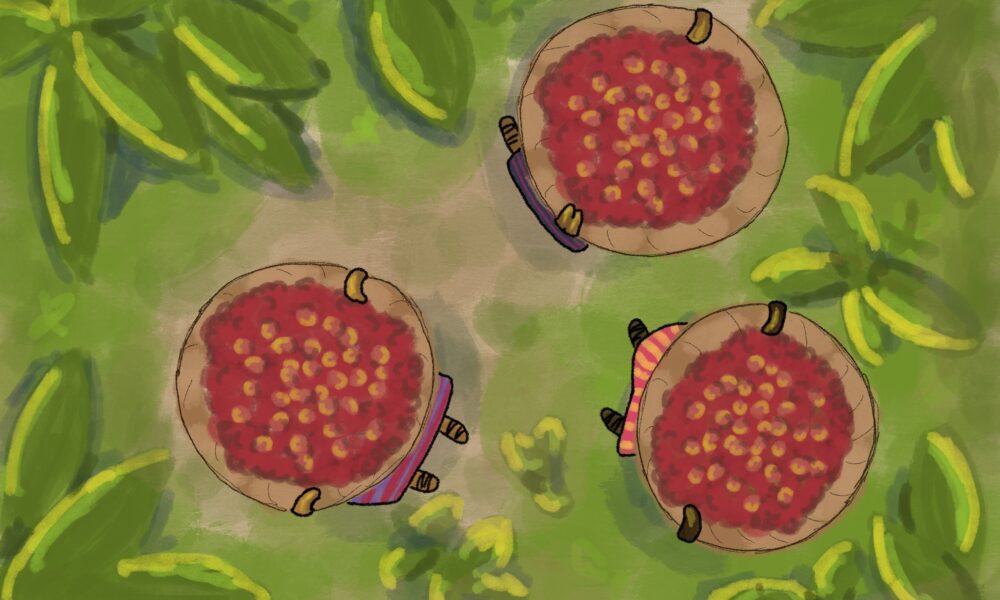Creating robust statistical models to predict crop yields, food security, and malnutrition is crucial for determining the next steps for governments, community leaders, and farmers—all of whom are stakeholders in the fight for sustainable and reliable access to food. Developing these models typically relies on detailed, long-term data, which allow researchers to train their algorithm using historical data and then use it to make predictions about the future.
Governments and large research agencies often fund the long-term research collection projects necessary to train these predictive statistical models, but in countries with unstable governments or limited funding for scientific research, the data can be scarce. How, then, can we approach developing and testing models for these regions?
A recent paper published in Agricultural Systems tackles this issue creatively by dividing their data along spatial rather than temporal lines.
One of the researchers on the project, Julien Malard-Adam, who is currently affiliated with Université de Montpellier in France and Tamil Nadu Agricultural University in India but was studying at McGill while the research was conducted, explained the method they used in an interview with The Tribune.
Models are typically developed in two stages: First, they are calibrated on most—but not all—of the data available. Once they have been trained, researchers validate them by making predictions about the portion of the data they withheld. If the predictions match up with the data, then the model seems to be functioning well. This is a crucial step in the process of developing a model that’s ready for real-world applications.
“Validating the model means making sure the model really represents what we think it represents, and can give predictions that are useful and not misleading,” Malard-Adam explained.
But, if scientists don’t have enough years of data for both the calibration and validation steps, it can be difficult to know if the statistical model truly works or not.
“We can’t do this over time for one municipality because we don’t have that data,” Malard-Adam said. “But what we could do is say, ‘We’re going to make a hypothesis that this relationship is the same across most of the country.’ So instead of cutting it temporally, we could cut it geographically, and use these regions then to test if the model is following the major trends.”
For example, if they trained a model on data from Montreal and Vancouver in 2020, they would then make predictions about Toronto in the same year, and compare them with real data from Toronto to see if the predictions were accurate.
Using this approach, the researchers validated a model that described the relationships between key variables like child malnutrition, population numbers, diversity of livelihoods, and forest cover.
In order to determine what variables to study and learn more about their broader contexts and dependencies, the researchers used a participatory method that incorporated perspectives from community members in the regions they were modelling.
“There’s nobody who’s as much of an expert on the system as the people who work with it everyday,” Malard-Adam stated. “There’s no way that a researcher, especially one who’s not from the region, could build a model that really captures the important aspects of the system by themselves.”
Ultimately, they found that although technological methods like chemical fertilizers and high-yield varieties of crops do improve crop yields, they do not improve the agricultural resilience of communities as a whole. Instead, they found that livelihood diversification—which means having a wider variety of methods of obtaining food and money—was more correlated with agricultural resilience. Malard-Adam explained that livelihood diversification may have been more impactful because it more effectively addressed the deeper, socioeconomic causes of hunger.
“If we make fixes that attempt to boost productivity without fixing those underlying causes, we risk the system just adjusting over time,” Malard-Adam commented. “If we implement policies that instead tackle access to education, decent living wages for everybody, and access to land, then we have a better chance of really addressing the underlying causes and having food security improve naturally.”









